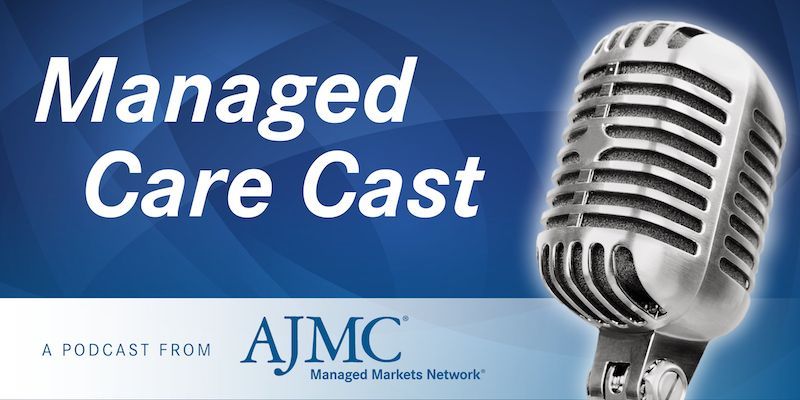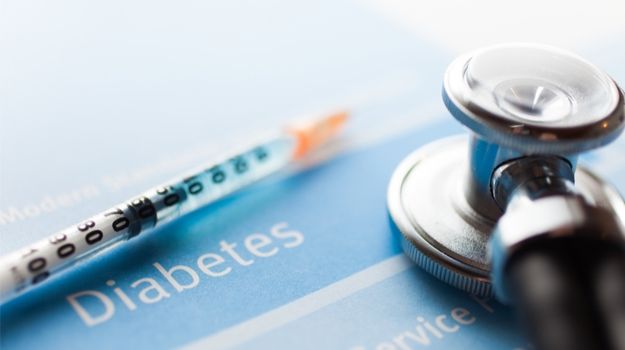Article
Wasteful Drug Spending Contributes to High Prescription Costs
Author(s):
Up to 12% of pharmacy spending may be on high-cost, low-value drugs that can be removed from formularies.
Rising prescription drug costs continue to place a financial burden on patients and employers; however, reducing the use of high-cost, low-value drugs on formularies could lower drug spending and out-of-pocket costs for enrollees, according to a brief published by The Commonwealth Fund.
The author, Lauren Vela, MBA, senior director of member value, Pacific Business Group on Health, aimed to identify drugs that add waste on employers’ formularies, measure the savings from removing that waste, and identify the best practices in pharmacy benefit management.
“Large self-insured employers and other healthcare plan sponsors are concerned about rising prescription drug costs. Formularies developed on their behalf by intermediaries like pharmacy benefit managers (PBMs) and health plans can ensure drug safety and support negotiating with manufacturers,” explained Vela. “But intermediaries can profit from these negotiations, creating financial incentives to include high-price drugs even if they offer little clinical value.”
The research used data from 15 self-insured plan sponsors, 13 of which are members of the Pacific Business Group on Health, in order to analyze drug utilization and estimate the savings from reducing the use of drugs that cost more than their commensurate clinical value. In total, 868 drugs from 71 drug groups, making up 6% of claims, were classified as wasteful during the research.
The analysis demonstrated that reducing the use of high-cost, low-value drugs could lead to $63 million in annual savings among the 15 plan sponsors, which represents approximately 3% to 24% of overall pharmacy spending.
Additional findings included:
- Wasteful prescriptions represented 3% to 12% of total claims per sponsor evaluated, with an average savings of $413 per script
- Generic drugs made up 58% of wasteful prescriptions
- Brand-name drugs made up 42% of wasteful prescriptions, with an average savings of $682 per wasteful script
“These savings are compelling, given the relatively low administrative barrier to implementation. Nevertheless, adoption may be slow; plan sponsors make benefit decisions based on factors that might trump cost reduction,” concluded Vela. “Better formulary management—including elimination of wasteful spending—can help plan sponsors provide their workers with access to appropriate and innovative medications at lower overall cost and ultimately improve health outcomes.”

How Can Employers Leverage the DPP to Improve Diabetes Rates?




